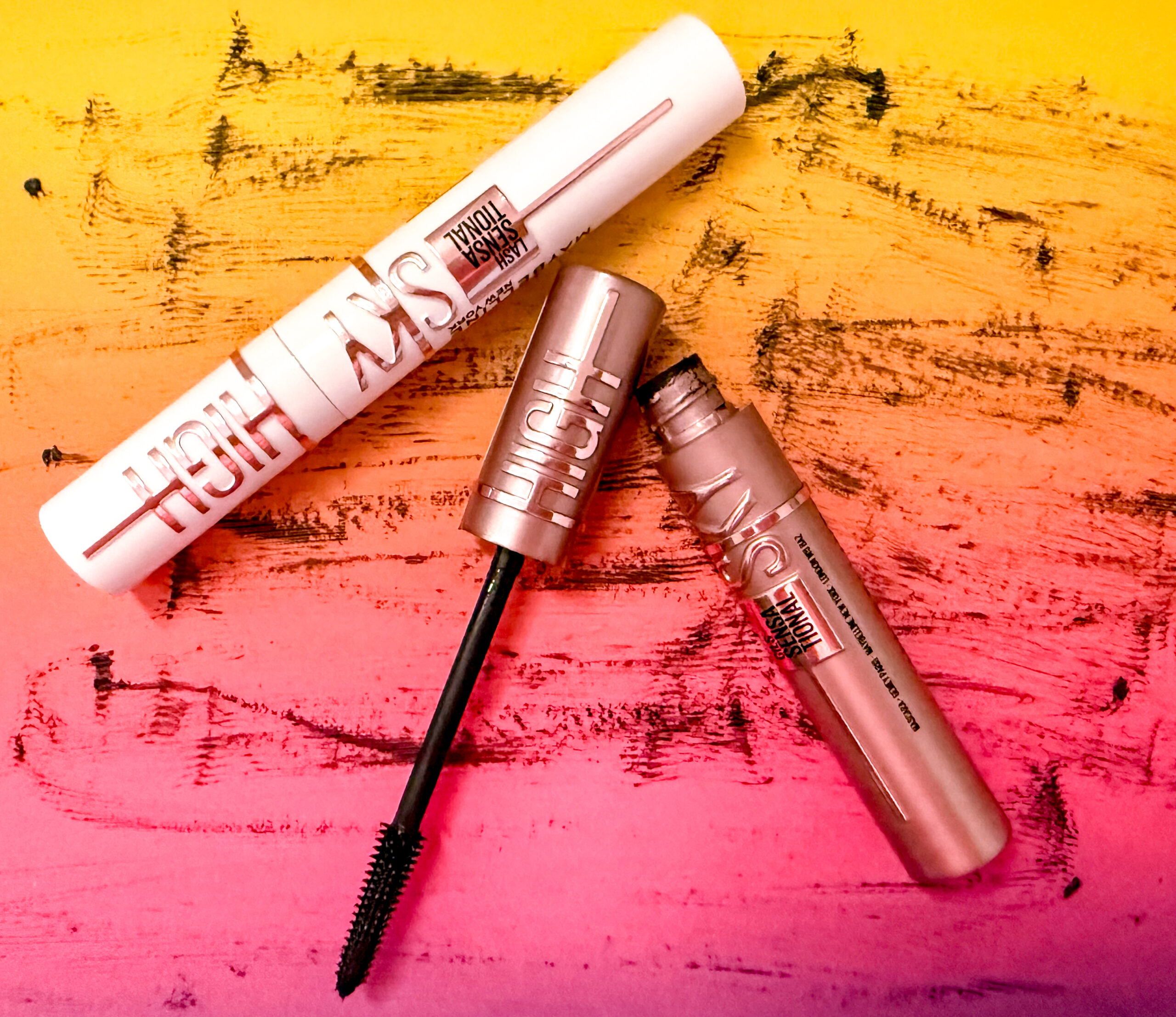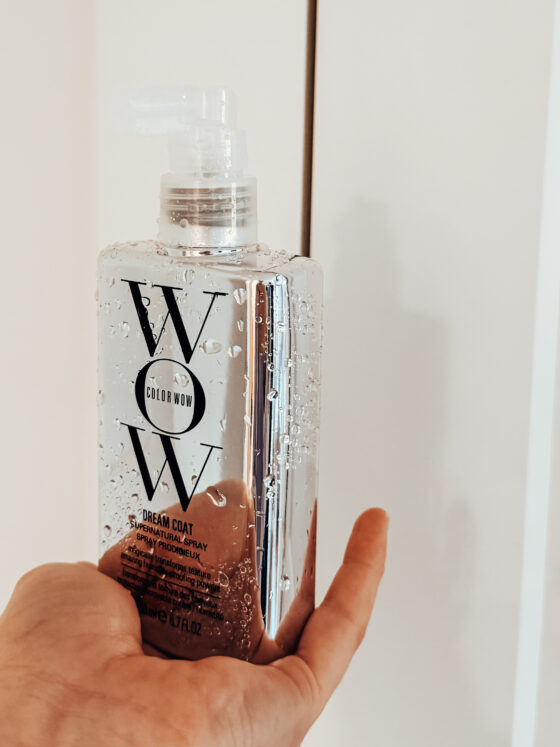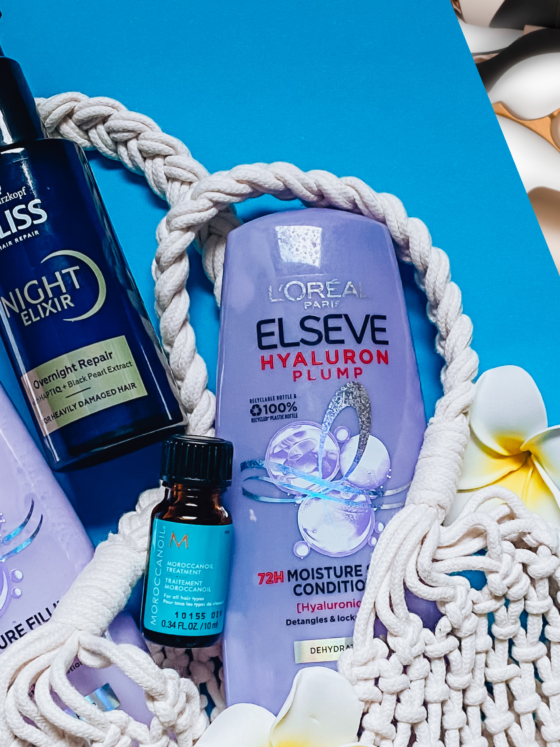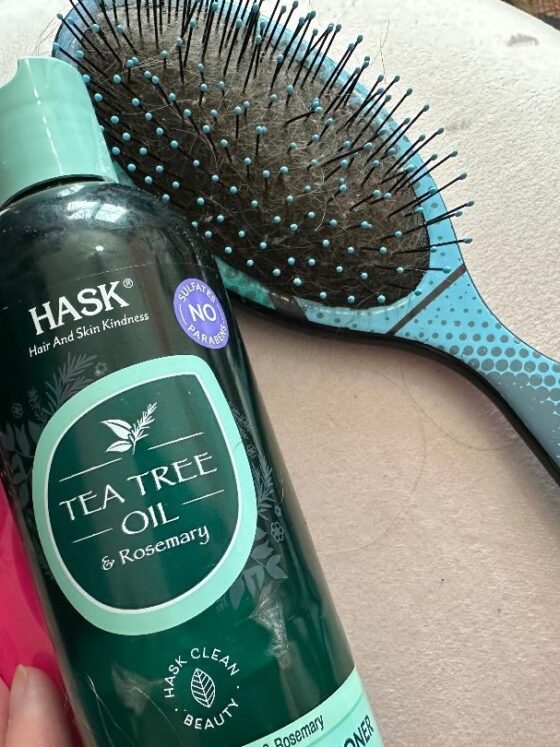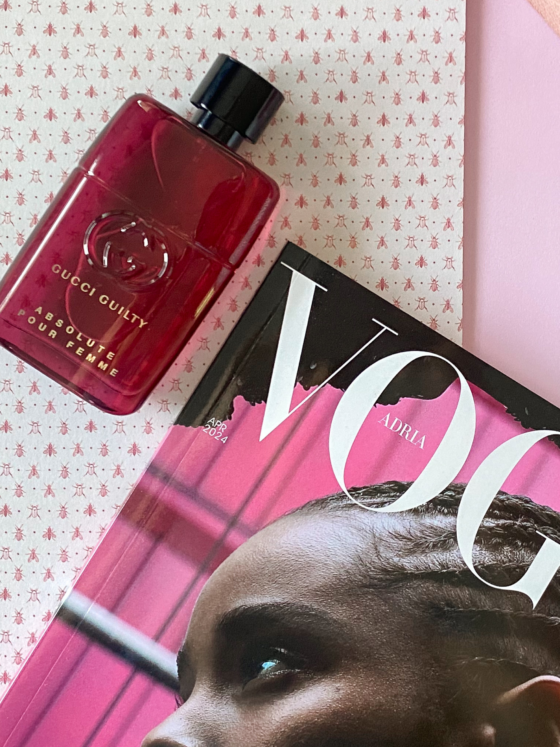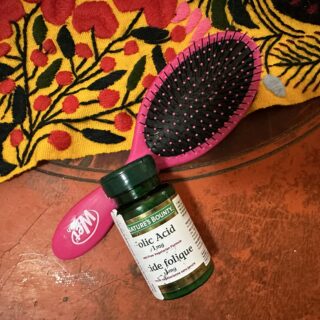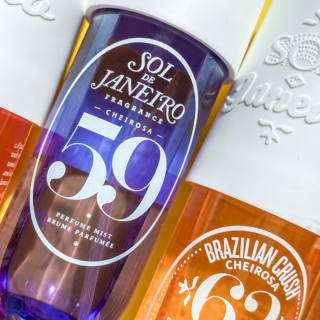I’m Supposed to Wash My Makeup Brushes How Often!? 10 Facts

Maybe I’m just late to the game, but did you know that you’re supposed to wash your makeup brushes every 7-10 days? This recommendation comes straight from the American Academy of Dermatology Association.
Don’t get me wrong, I know you’re supposed to clean them and, of course, swap them out. But I didn’t realize just how often this is supposed to happen. Naturally, it got me thinking about other makeup brush facts.
Contents
- 1. Dirty Makeup Brushes Can Lead to Staph Infections
- 2. Synthetic Bristles Are Better For Liquid Foundation
- 3. You Only Really Need 4 Makeup Brushes to Do a Full Face
- 4. Soaking Your Makeup Brushes Can Ruin Them
- 5. Cosmetic Brushes Are Made of Three Parts
- 6. Makeup Brushes Are Not Always Vegan-Friendly
- 7. Makeup Brushes Make it Easier to Develop Acne
- 8. You Can Keep Makeup Brushes For Up to 5 Years
- 9. Makeup Brushes Have a Long History
- 10. Makeup Brushes Were Invented by the Egyptians
1. Dirty Makeup Brushes Can Lead to Staph Infections
While we’re on the topic of how often you should be cleaning them, it’s worth knowing why. Per the American Academy of Dermatology Association, makeup brushes carry enough bacteria on them to lead to a staph infection, particularly Staphylococcus aureus.
Interestingly enough, this doesn’t have to do with the brushes themselves. Rather, it has to do with the makeup you’re dipping them into. This is why, in addition to washing out your makeup brushes, you should stop using liquid makeup like blush and foundation when it starts to separate.
2. Synthetic Bristles Are Better For Liquid Foundation
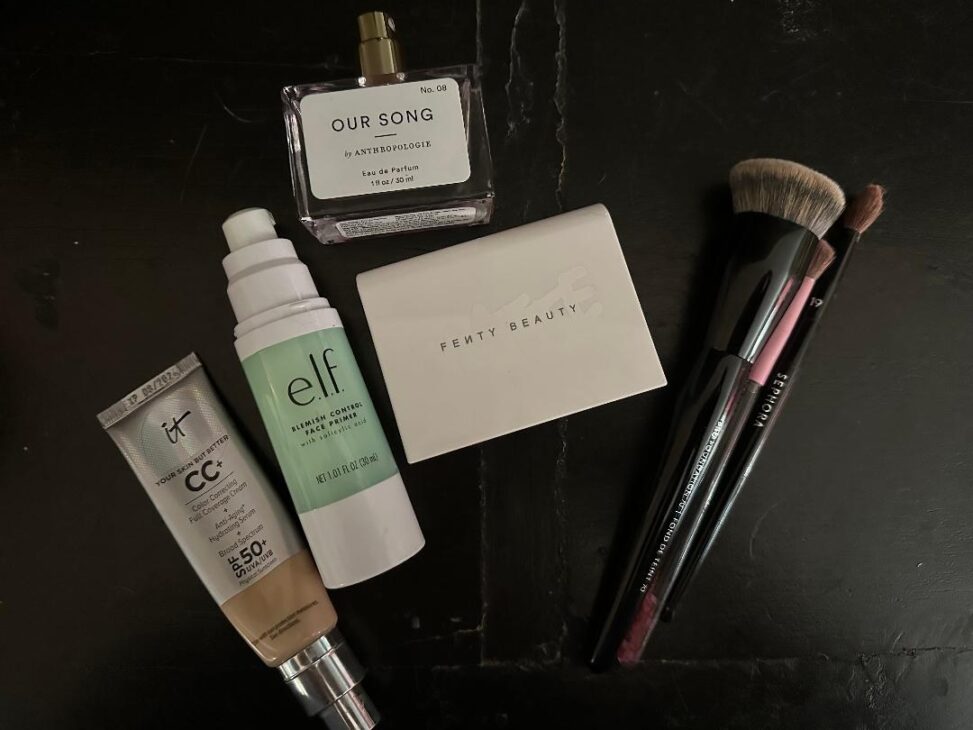
Speaking of liquid makeup, did you know that makeup brushes with synthetic bristles are better for applying foundation than those with natural bristles?
While you may want to use natural bristles to cut down on irritation, they absorb more than synthetic bristles. This means that you won’t be getting as much foundation on your brush. The less that’s on your brush, the less that’s going to go on your face.
So for a flawless finish, turn to synthetic makeup brushes. This is especially true if you’re like me and use liquid foundation. And speaking of liquid foundations, I use IT Cosmetics CC+ Cream with SPF 50+. You can buy it on Amazon for less than what it costs at Sephora.
3. You Only Really Need 4 Makeup Brushes to Do a Full Face
Growing up, my parents and later, boyfriends, would give me one of those megapacks of makeup brushes for birthdays and holidays. Even now, if I go to Target, I’m likely to find a set of 10 or 12 makeup brushes, but did you know that’s way more than what you need to do a full face?
On average, you only need four makeup brushes:
- Eyeshadow brush
- Foundation brush
- Blush brush
- Concealer brush
Of course, you can have more if you want. Don’t stress about not having every brush on the market; they’re not really needed.
4. Soaking Your Makeup Brushes Can Ruin Them
Though you should be cleaning your makeup brushes once a week, you have to be mindful of how you’re going about that. In other words, do not soak them. I made this mistake and it led to them developing a foul, musky odor.
I had to buy all new ones anyway. Plus, soaking them can actually damage the integrity of the brushes themselves. Think about it: if they absorb liquid makeup, they can absorb water easily, as well.
Instead, buy a designated cleaner like this one from Amazon. Or, you can just run them under the faucet and rub a little soap into them before laying them down on a towel to fully dry.
5. Cosmetic Brushes Are Made of Three Parts
Just from looking at them, you’d think that they’re are only made up of two parts: the handle and the bristles.
But did you know there’s actually a third part? It’s called the ferrule and it’s what the bristles are glued on top of. Because the ferrule sits in between the bristles and handle, no water must get in here Otherwise, it could destroy the integrity of the brush.
6. Makeup Brushes Are Not Always Vegan-Friendly
If you’re a vegan, you may want to avoid certain brands of makeup brushes because some of the bristles might be made from animal hair. Though horse hair is most common, many makeup brands have been known to use other animals. This includes goats, minks, and squirrels.
As far as vegan-friendly makeup brushes go, I recommend anything from Selena Gomez’s brand of cosmetics, Rare Beauty. They’re all vegan and cruelty-free. If you’re looking for another brand and want to make sure it’s not tested on animals, just look for the Leaping Bunny Logo.
7. Makeup Brushes Make it Easier to Develop Acne
Just like how they can lead to Staph infections, these also have enough oil, dead skin, and bacteria to cause acne.
Though dead skin is a natural part of the aging process or the result of using the wrong kind of soap on your face, it can lead to acne. This is mainly the result of skin being dry.
According to Asarch Dermatology, this occurs when the glands beneath our skin produce too much oil, or sebum, to counteract the dryness. The combination is what causes acne, but our makeup brushes make it easier since they hold dead skin cells.
8. You Can Keep Makeup Brushes For Up to 5 Years
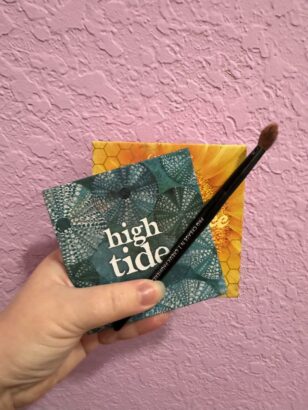
With ample care and routine cleaning, your makeup brushes can last up to five years! However, if it isn’t applying makeup evenly anymore or losing bristles, it’s time for a replacement.
Generally speaking, the better quality your brush is, the longer it will last. This makes it a true investment, so go ahead and splurge!
9. Makeup Brushes Have a Long History
Another interesting fact about makeup brushes that I recently learned? They’ve been around forever!
According to this story published on the BBC, a piece of a bronze makeup brush handle was discovered in the Saxton Cemetery in 1925. This particular finding dates back to 500 AD!
Of course, they don’t look like the ones we have today. But knowing how long they’ve been around makes me appreciate how advanced they’ve become in the years since.
10. Makeup Brushes Were Invented by the Egyptians
In addition to toothpaste and timekeeping, the Egyptians also heralded the use of makeup. So it’s no surprise that they’ve also been credited with the invention of the makeup brush.
So what if back then, these colors used for makeup were made with crushed beetles? It’s still quite fascinating!
What fun fact are you most surprised by?



